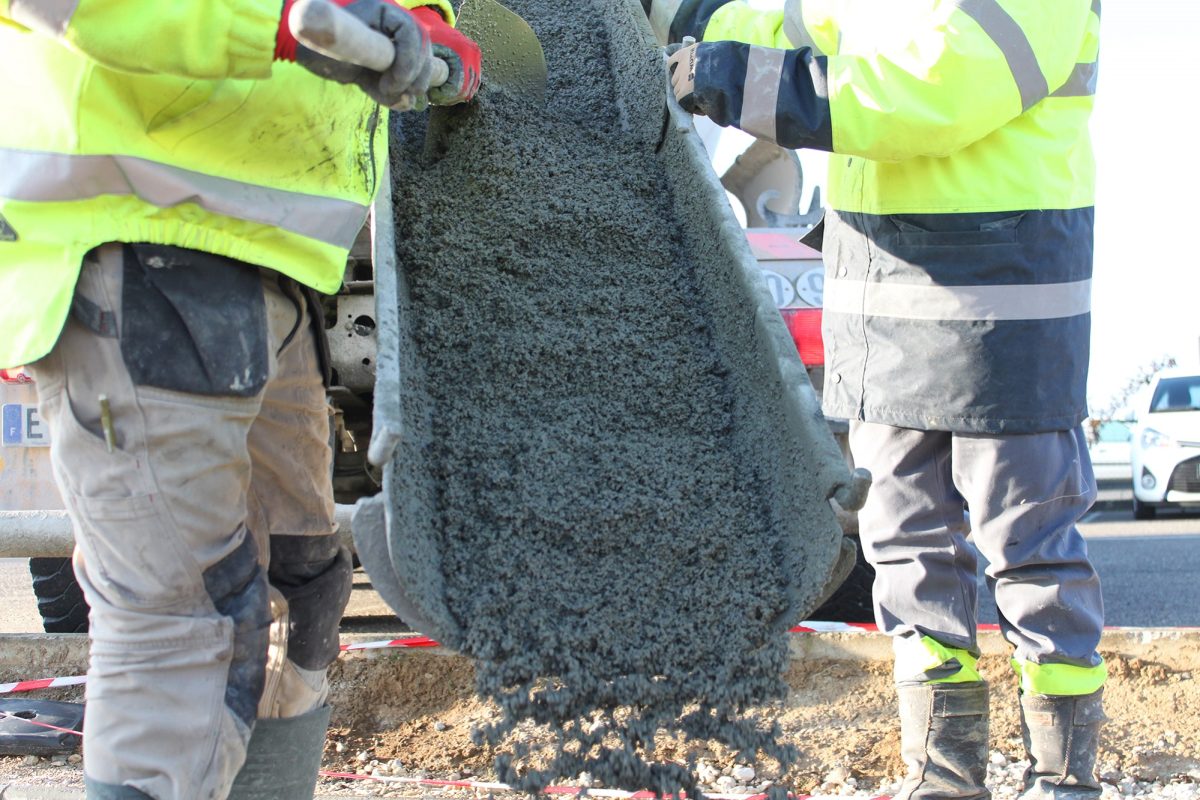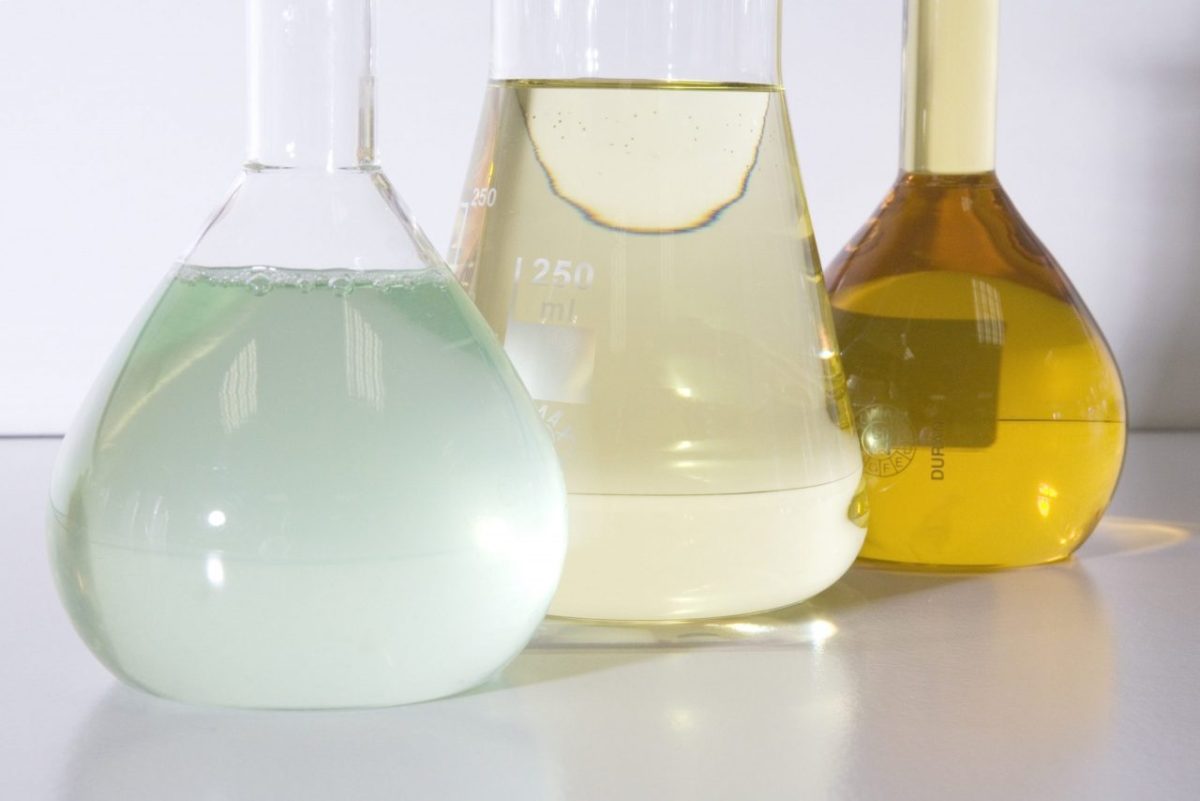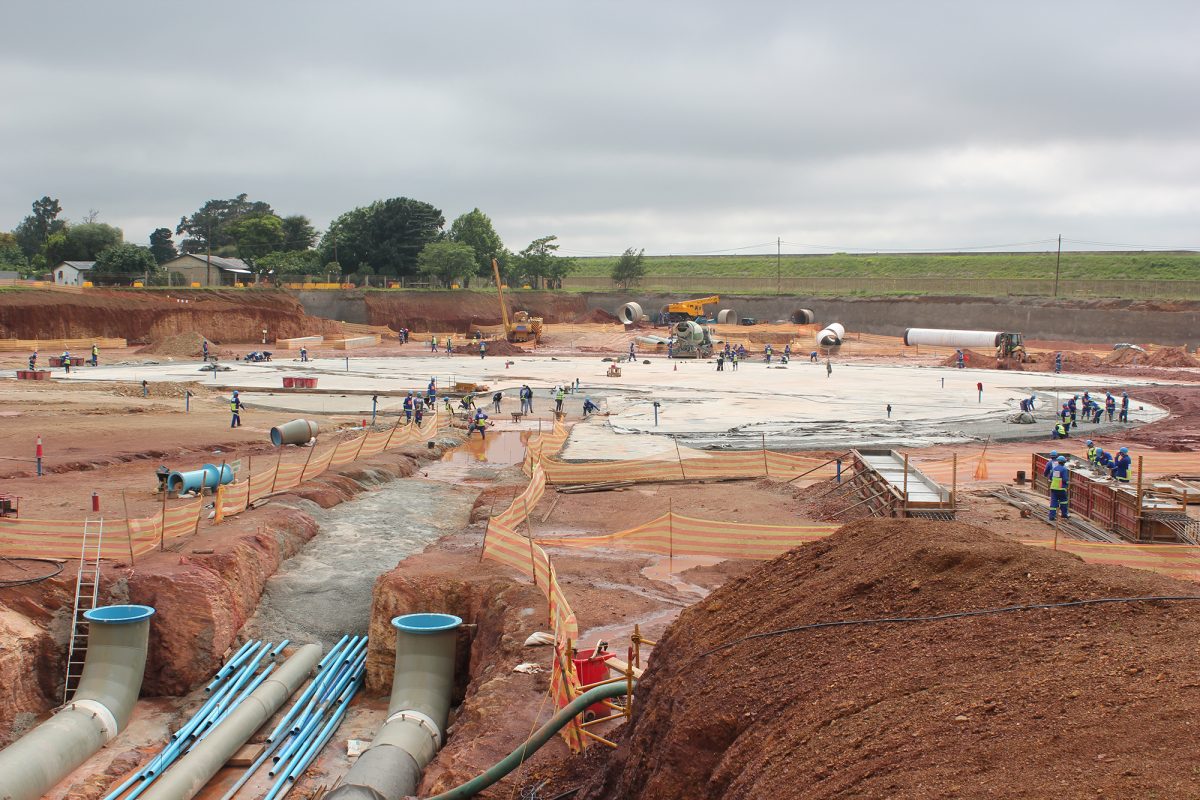
Concrete curing.
This is Part 1 of a two-part series.
South Africa’s colder months can bring headaches for contractors – as well as concrete product manufacturers – if low temperatures slow down the curing of their concrete and disrupt production programmes. CHRYSO explains how its accelerators can help keep workflow on track.
With South Africa’s winter season on its way, many concrete users will know that slower curing times could derail their contract or production schedules, but accelerating admixtures – or accelerators – are available to solve this challenge.
With the country’s generally temperate climate, it is easy to forget that many provinces and neighbouring Lesotho regularly experience sub-zero temperatures, points out Hannes Engelbrecht, Concrete Business Unit Director for Domestic and Sub Saharan Africa (SSA) at CHRYSO Southern Africa. Temperatures do not even need to reach freezing point; the concrete hydration process slows down steadily as temperature drops and actually stops when it goes below about 5 degrees Celsius.
A significant amount of current concrete construction – especially for wind turbine bases and foundations for solar photovoltaic infrastructure – is, in fact, taking place in provinces like the Northern Cape and Eastern Cape where temperatures fluctuate widely. Efficient stripping time of formwork is crucial in allowing these projects to meet their stringent deadlines to complete construction and start delivering renewable energy.
“Low temperatures create a range of problems for contractors and concrete product manufacturers,” says Engelbrecht. “Most projects in today’s world need to be delivered on a fast track basis, so there is no room for slow concrete curing to hold up the schedule. Similar constraints apply in the manufacture of precast products, where production must simply keep up with customer orders and delivery deadlines.”
He highlights that precast product manufacturers can use a combination of super plasticisers and accelerators to speed up their stripping times and reduce the storage space needed for products to cure. Accelerators work during the first 18 hours of the concrete’s curing time to ensure efficient hydration required to depalletize. Should temperatures be lower than freezing point, this makes the concrete strong enough to resist the expansion of water as it freezes – so that the concrete will not crack.
More news
- DOK-ING’s innovative electric mining equipment unveiled at ElectraMining
- CONCOR’S MASTERY IN FAST TRACK PROJECT IMPLEMENTATION UNDERSCORED BY SAFETY AWARD
- PROMINENT SEA POINT HOTEL REFURBS WITH REHAU
- CONCRETE ROOF TILES USED FOR WALL CLADDING ON COASTAL HOME
- THE GREENEST RESIDENTIAL DEVELOPMENT IN AFRICA?





